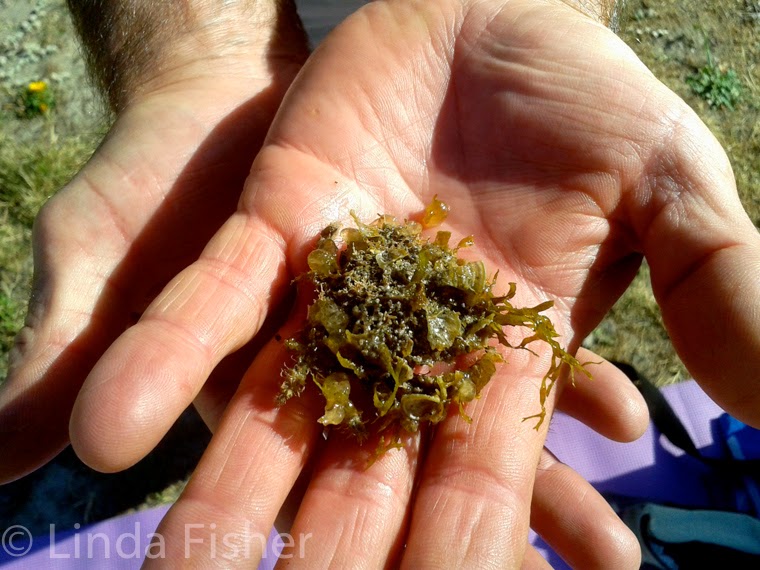The area of Cabo de Gata natural park is one of the most arid regions of Europe, there are not many trees there and it has four distinct geographical units. Approximately 40kms of coastal cliffs up to 100m high, the salinas and coastal lagoons, the plains with important dune systems and the very important marine habitats off shore. We have visited this area many times and love the totally diverse nature of the place and the wildness. Below is the church of La Almadraba de Monteleva, a small fishing and salt-mining town, which is wind and sand blasted in stormy weather and some small inshore fishing boats, lying idle, waiting for the tide.
The famous salt marshes of Cabo de Gata are a refuge for many passage migrants and you can see Greater Flamingo there, also many waders and ducks.
Just a short distance on from the Salinas, is the Lighthouse, perched at the tip of a rugged range of volcanic cliffs.

There are many beautiful coves dotted along the shoreline, to get to them requires a climb,
but it is well worth it.
Looking like something out of the Arabian Nights is the beautiful beach at El Playazo, where there is the Castillo de la Bateria.
When visiting the Lighthouse at Cabo de Gata, you need to look out for these cheeky little birds. The Trumpeter Finches that are to be found among the rocks feeding on seed heads. We were lucky enough to find some after they had been enjoying the heads of Lavender. This area is the only breeding site for this little bird in mainland Europe.
The rocky habitat also is a favourite place to spot the smart Black Wheatear, like
the female Mike photographed below.
Surrounded by the majestic volcanic cliffs, lies Los Escullos,
the name means breakwater, you can see why, as the fossilised dunes reach out into the blue waters. This has become a favourite place for us, especially for me, being able to indulge my love of pottering about in rock pools and deep into the clear water, looking for all manner of interesting sea life.

The waters around this coast are some of the least polluted in Europe and there is a protected area which covers some 12,000 ha. Also found here 14,000 species of marine animals and plants, due to the convergence of the Mediterranean and Atlantic currants. Below is a vivid green seaweed,
one of the many types found here.
A myriad of underwater jewels, cling to the rocks.
There are so many Sea Urchins here that you must wear protection on your feet, or there will be a painful visit to the hospital. All around are beautiful Sea Anemones waving pink tips like flowers.

So many different types of sea weed and in so many beautiful colours.
Looking deep into the water, a shell appeared to be walking about on the sea bed,
on closer examination, someone was at home in the shell.

Then out he popped, a wonderful little green Hermit Crab. I put him carefully back where I had found him and off he trotted.
Below is the delicate and aptly named Mermaids Cup sea weed, which is attached to most
of the rocks here.
What do you think this could be? I thought it was sea weed walking along the sea bed, until I
picked it up.
Mike held it so that I could photograph it, a delicate a rather beautiful little Crab, with tiny pincers
and so cunningly disguised as a lump of sea weed. Again, after we had looked at it,
it was carefully returned to its watery home.
The day drew to a close, a sea mist descended, giving a magical light to the distant cliffs
and another day exploring this wonderful area ended.

















No comments:
Post a Comment